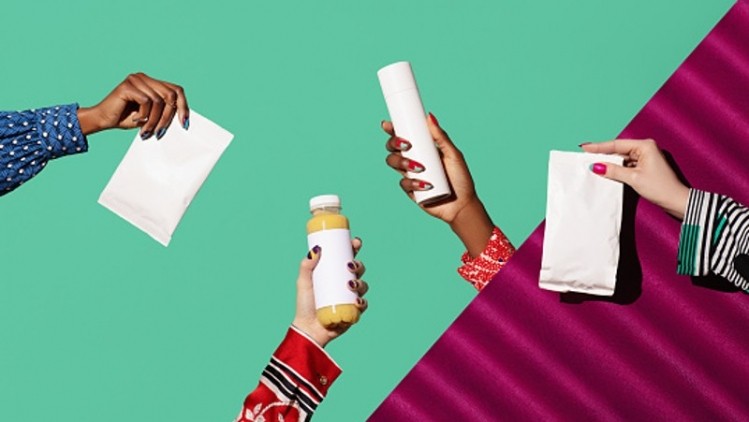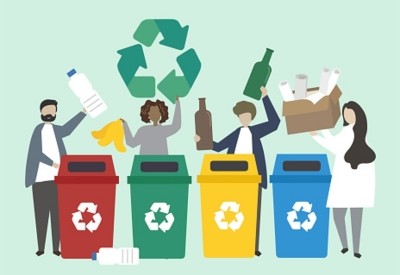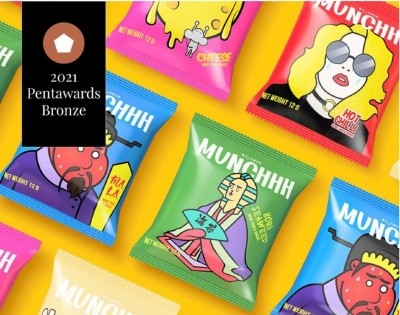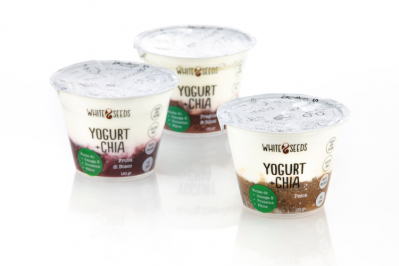Packaging Happenings: China festive foods' precious material ban, South Korea recyclability ratings, Japan net alcohol labelling and more feature in our round-up

Pack it in: China further tightens packaging rules and bans use of precious materials for festive foods
China has revealed new plans to implement even tighter regulations for what has been deemed ‘excessive packaging’ in the country, specifically for food products including festive items such as mooncakes and rice dumplings.
Recently, MIIT published a set of draft regulations suggesting that existing standards be kicked up a notch for festival-related food items such as mooncakes (for the annual Mid-Autumn Festival) and rice dumplings (for the annual Dragon Boat Festival), specifically reducing the number of packaging layers for these from four to three.
“This amendment clearly states that only three layers of packaging are permitted for mooncakes and zongzi (rice dumplings), and manufacturers also need to ensure that the total packaging costs for all packaging (excluding the innermost packaging that is in contact with the food item) does not exceed over 20% of the product’s overall retail pricing,” MIIT said via a formal statement.
“All manufacturers of these products must also note that the use of precious metals and stones [gold, silver, rubies] or luxury materials such as mahogany are not permitted for usage in the packaging of mooncakes and zongzi."
Recyclability ratings: South Korea further tightens conditions for food packaging to be accepted as ‘recyclable’
The South Korean government has updated national standards for food packaging recyclability, meaning that food and beverage manufacturers will need to review their current packaging to ensure it doesn't fall into the ‘difficult to recycle’ category.
Over the past few years, South Korea has placed very strong emphasis on perfecting its local recycling system and policies particularly with regard to food and beverage packaging, ranging from enacting a specific new act on recycling in late 2019 to making various modifications to recycling labels and symbols to ensure consumer compliance and understanding.
At present, the Act on the Promotion of Saving and Recycling of Resources splits packaging material grades into four categories: ‘Best to recycle’, ‘Good to recycle’, ‘Normal to recycle’ and ‘Difficult to recycle’.
Most recently, the government has moved to implement event more stringent conditions when it comes to classifying packaging as recyclable, which will result in more types of packaging falling into the ‘difficult to recycle’ category. This carries higher cost implications for food and beverage companies as a higher cost of recycling is attached to the usage of difficult to recycle materials for packaging.
“Containers, bottles and other packages made of composite materials where the different materials are inseparable will now be classified as ‘difficult to recycled’ under the updated regulations,” South Korea’s Ministry of Environment (MOE) said via a formal statement.
Japan net alcohol labelling: Voluntary scheme to be eased in to avoid eco and cost impacts – Kirin
Japanese firms will gradually introduce a new voluntary net alcohol labelling scheme to avoid cost and environmental impacts, according to beer giant Kirin.
The Japanese government approved the net alcohol labelling scheme as part of the national Basic Plan for the Promotion of Measures to Cope with Alcohol Health Disorders (Phase 2) in March 2021, which calls for alcoholic drink labels to replace ABV alcohol percentages (%) with net alcohol content (g).
So far, this scheme is a voluntary one for the industry, but many firms have already expressed their willingness to participate and implement this as per government recommendations, as is commonly seen in Japan when a suggested directive or national plan is announced.
“Cabinet approval of this plan really accelerated Kirin’s consideration of this scheme, and although the labelling of net alcohol is only a corporate obligation [and not a policy regulation] at this point, Kirin believes that this is part of our social responsibility,” Kirin Holdings Corporate Communications Manager Naoto Kobuna told FoodNavigator-Asia.
Beverage boost: Aussie industry-led hub to drive drinks production and exports in phase one
Australian food and beverage industry-led manufacturing precinct Turbine is set to boost the production and exports of locally-produced beverages as part of its first phase, after receiving significant funding from both government and industry sources.
Headed by Australian industry body Food and Agribusiness Network (FAN), the project is looking at a total of A$112mn (US$83.7mn) in funding, with some A$60mn (US$44.8mn) from the industry and A$33.4mn (US$25mn) from the federal government as part of the national Modern Manufacturing Initiative grant, as well as more from local governments.
According to FAN CEO Emma Greenhatch, the Turbine project caught the eye of the federal government due to the unique collaboration model that the precinct is being based on.
“Our entire model is based on collaborations between different stakeholders along the F&B manufacturing value chain from end to end, from R&D to waste stream upcycling to distribution to the actual manufacturing,” she told FoodNavigator-Asia.
China labelling: Consumers want packaged foods to carry traffic light and warning labels for ‘negative’ nutrients
Chinese consumers have determined the traffic light labelling system as well as distinct warning labels highlighting ‘negative’ nutrients such as sugar, salt and saturated fat to be the most effective forms of front-of-pack labelling (FOPL), according to a new study.
The study was jointly conducted by multiple health and nutrition organisations in China including the Chinese Academy of Medical Sciences and Chinese Nutrition Society, as well as several population health research bodies in Australia including the University of Wollogong and University of Sydney.
Participants were asked specific questions about which FOPL was found to be the most attractive to them, which provided the information they needed the most to make purchase choices, and which enabled them to make healthier food choices the most quickly.
“When asked which FOPL format was seen as most attractive, the highest percentage (35.1%) of participants nominated MTL as their preference, followed by warning labels (21.9%),” said the study authors.















